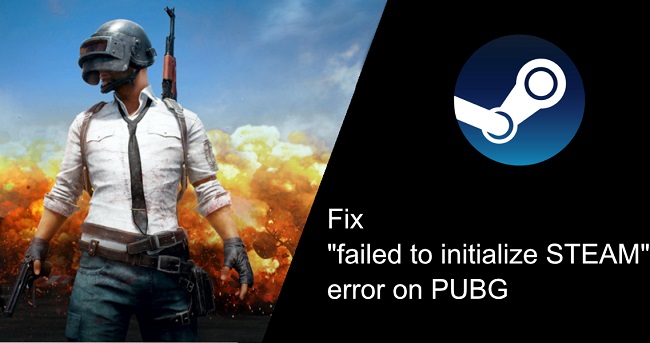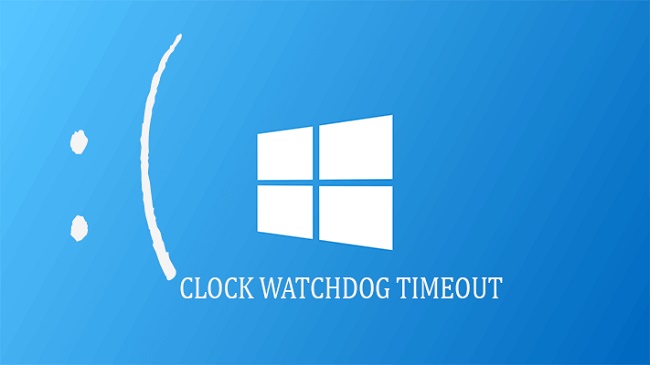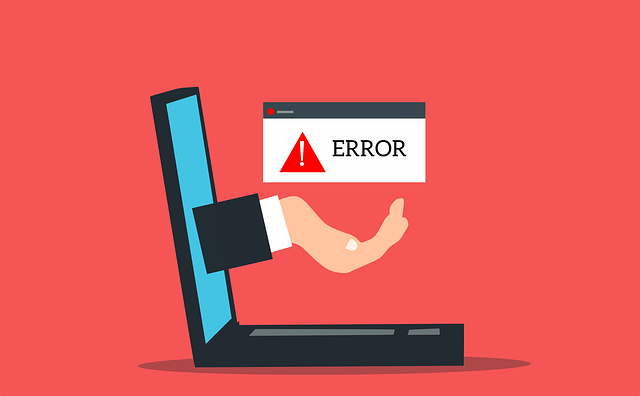Windows includes a tool called SFC (System File Checker) that can repair corrupted system files. However, users report getting an error message that reads, “Windows Resource Protection could not complete the requested action” when attempting to run the sfc /scannow command.
When the system scan verification phase approaches 19%, 27%, etc., an error is reported. Even before the scan begins, some customers have reported that Windows Resource Protection in Windows 10/8/7 was unable to function.

What is Windows Resource Protection Could Not Perform the Requested Operation?
The Windows Resource Protection function safeguards crucial system files, directories, and registry entries. WRP kicks in to prevent operating system issues if you try to update a crucial system file, and it does so by replacing the modified file with a cached copy of the original file.
Read Also:
- Sprint.Com Activate
- Watch Food Network Com Activate
- Digital TV Tuner Device Registration Application
In Windows, the SFC tool is found in the Resource Protection folder. Since this is the case, when the SFC utility fails, an error stating that “windows resource protection could not complete the requested operation” will appear.
Solutions to Fix “Windows Resource Protection Could Not Perform the Requested Operation”
This SFC error may be brought on by various factors. The tool usually clashes with some other Windows component.
There are times when the scannow command fails because of a problem with the hard drive. You’ll need to do some troubleshooting procedures regardless of the cause of the error.
Solution 1: Run SFC in Safe Mode
Step 1: To open the Run dialog, press the Windows logo key plus R at the same time.
Step 2: After entering msconfig, hit the Enter key.
Step 3: To enable it, select Safe boot in Boot and then confirm with OK.
Step 4: If prompted by System Configuration, select the Restart option.
Step 5: Safe mode will then load when Windows restarts.
Step 6: Check its functionality by invoking sfc /scannow.
Solution 2: Run CHKDSK
Hard disk errors would cause SFC to fail as well. If you’re having trouble with your files, CHKDSK can help you check for and correct a number of different types of file system errors:
Step 1: Click Start and then type cmd into the search box. Select Run as administrator from the context menu that appears after right-clicking Command Prompt.
Step 2: When prompted by User Account Control, select “Yes.”
Step 3: In the newly opened Command Prompt, type chkdsk /r and hit Enter. If you want to arrange a disk check, answer yes.
Step 4: Put an end to the current session at the Command Prompt and reboot the computer.
Step 5: After that, it will begin scanning the disk and automatically repairing any problems it finds.
Solution 3: Use Automatic Repair
Automatic Repair should be used if previous troubleshooting steps failed to resolve the issue. If Windows detects something isn’t configured properly, it will immediately try to restore the default settings.
You can rest assured that your information will remain safe throughout the automatic repair process.
Step 1: Using the Windows search bar, type “settings” to get the Settings menu.
Step 2: Chose the option to update and secure your device.
Step 3: Choose Recovery on the left hand side.
Step 4: Select the Restart now option located in the right panel.
Step 5: The Windows Recovery Environment will now load on your computer.
Step 6: To activate Automatic Repair, go to Troubleshooting > Advanced Options.
It will immediately start the self-repairing procedure. When Windows detects something out of the ordinary, it will attempt to resolve the issue on its own. You will be alerted if it finds an issue it can’t address, and from there you can proceed as needed.
Read Also:
Conclusion
This article provides several viable solutions to the “Windows Resource Protection could not perform the requested operation” error. I really do wish you luck and that one of them becomes useful. AOMEI Backupper can be used to create a system image in case of any number of SFC problems, saving the user from having to reinstall Windows.
AOMEI Backupper isn’t only a backup program; it’s also a free SSD migration application that can clone your data from an old hard drive to a new one. There are even more fantastic additions waiting to be found.
















